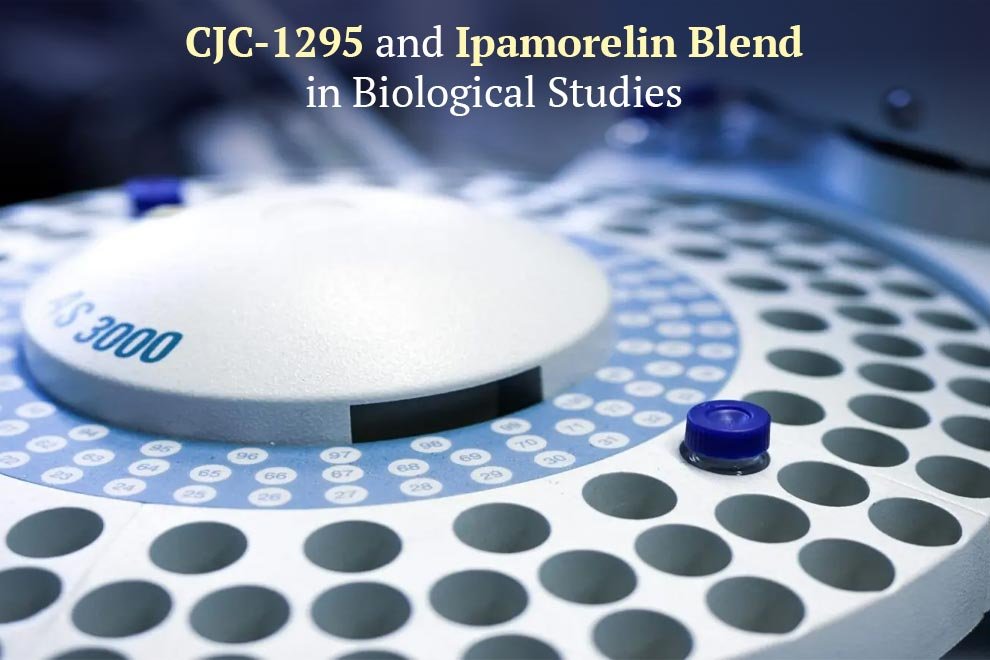Education is a key that unlocks opportunities and skills. The journey of education is rather an exciting one. But when international students come into the frame, the approach to learning changes visibly. The linguistic differences is one of the reasons that these multilingual students have to opt for translation. Elearning translation services help institutes translate their online earning materials and modules for the students so that learning becomes easy for them. One of the approaches that makes education easy for students is microlearning.
There is no compulsion that only international or multilingual students can use this approach. In this read, we are going to explain why this approach is more suitable for multilingual students. Other than that, we are also going to talk about microlearning techniques in detail. So let’s start!
Microlearning – A Bite-Sized Learning Module
It is one of the educational strategies which focuses on making learning an easy and fun activity. It is based on dividing the educational material into small modules, and bite-sized chunks. These small chunks of content make it super easy for students to understand and later learn it. The lessons are divided into short and digestible pieces which are designed to meet the fast pace of modern students. Traditional learning modules such as the Grammar Translation method (GTM), Direct Method (DM), Audio Lingual Methods, etc., have all become old school. Though they all have their own strong and weak points, now something new is needed which can turn learning into a fun experience. Here enters the microlearning method which is not only effective but also highly adaptable.
According to a study by the Journal of Applied Psychology, learning in small chunks increases the student’s learning ability by 20%. The Ebbinghaus Forgetting Curve is famous for depicting how we humans keep on forgetting things and how we can learn them. This curve shows that humans forget 50% of things without some help or reinforcement.
Why Consider Microlearning For International Students?
Learning something new is a difficult process. Microlearning is an approach that makes it quite easy. The reason why we say that this approach is more suitable for international students is because learning something in a new language is way more challenging. By dividing the content into small potions, it becomes easy for these multilingual students. With the help of educational document translation services, these international students can get trouble-free access to all educational content. Here the role of a classroom teacher is very important because he/she is the one implementing this learning module in the class.
Teachers can use certain apps and tools like Duolingo, Articulate 360, and Camtasia to streamline the content division process. The microlearning approach is quite helpful for multilingual students as they are the ones dealing with unfamiliar terminologies and academic language. The bite-sized learning develops a sense of accomplishment which raises confidence in students. Hence,the success rate of students rises exponentially.
Talking About Microlearning Techniques
By far we know how important this learning strategy is and how it is better for students. Now let’s talk about the techniques that make microlearning a popular phenomenon.
Adding Gamification Elements
By incorporating gaming elements such as rewards and points after every little success, this learning technique is made interesting. It also encourages students to be actively involved in classroom activities like quizzes. Teachers can themselves create these quizzes and award points to students or they can use platforms like Kahoot! And Quizizz.
Using the Spaced Recognition Technique
In this approach, the learner repeats the chunks of information after calculated intervals to enhance content retention. This repetition of content makes memorization very easy. Other than that, less effort is consumed in learning.
Interactive Content
By dividing the content in small parts and incorporating quizzes and challenges, learning becomes an interactive activity. Students actively take part in discussions and debates which fosters great communication between international and regional students. It also allows multilingual students to feel at home in foreign countries as they become associated with other students.
Educational institutes often collaborate with a language translation company and translate their teaching methods as per the language of their multilingual students. In this way, these students don’t feel alienated and it boosts their confidence. Although the educational content is in a foreign language, the difference in teaching method brings a huge difference.
Need-Based Learning
Microlearning allows students to learn only necessary information. International students get to learn the core concepts only. This process also encourages students to write these concepts in their own words which enhances their creative writing skills.
Final Words!
To sum up, the microlearning technique is a bite-sized learning approach that parts the syllabus into smaller chunks. It becomes easy for multilingual students to learn foreign languages in a short span of time. Using gamification elements like rewards and spaced recognition methods, it becomes easy to learn new content.
Also Read: Unlocking Business Potential: The Power of LMS/LXP Solutions










